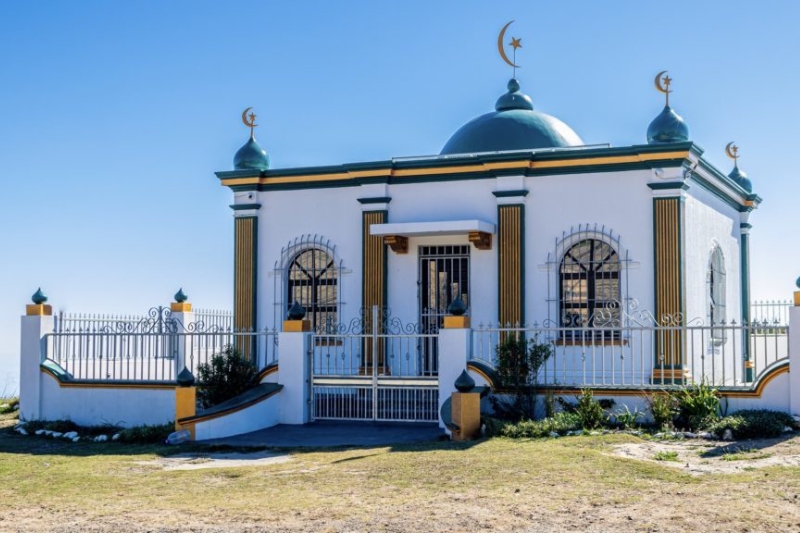Preserving South Africa’s Cultural Heritage: The Declaration of Seven Kramats as National Heritage Sites
The South African Heritage Resources Agency (SAHRA) has exercised its authority under the National Heritage Resources Act 25 of 1999 to declare seven Kramats in the Western Cape as National Heritage Sites, marking a significant step towards preserving and honouring South Africa’s rich cultural history. These Kramats, nestled within the revered Circle of Tombs, stand as a testament to the spiritual heritage and resilience of South Africa’s diverse communities.
The Spiritual Significance of Kramats
Legend has it that the sacred circle of shrines, dedicated to Islamic saints and spiritual leaders known as Auliyah, serves as a protective barrier, shielding Cape Town from earthquakes and natural disasters. Beyond their physical presence, these shrines hold profound spiritual significance, providing sanctity and spiritual benefits to those who visit and partake in the remembrance of the Auliyah. As highlighted by SAHRA, the Kramats inspire reverence and peace, not merely because of architectural achievement or aesthetic appeal, but because of the character, knowledge, and spiritual presence of those buried there.
A Symbol of Cultural Resilience
The communities associated with the Kramats, who were of Malay, Indian, Javanese, Bengalese, and Arabian origins, faced oppression and slavery during the Dutch colonial and apartheid eras. Leaders banished to the Cape, as resistance against colonial tyranny grew, laid the foundation for the first Muslim communities. Amidst this tumultuous backdrop, the Kramats emerged as symbols of spiritual fortitude and cultural resilience, reflecting the enduring spirit of South Africa’s diverse heritage.
Keep Reading
Historical significance and milestones
While the Kramats in the Peninsula area number more than 20, with additional sites in Faure, Caledon, Rawsonville, and Bains Kloof, SAHRA’s recent declaration marks a significant milestone in recognising and safeguarding their cultural significance. The history of the Kramats intertwines with the broader narrative of colonialism and resistance, highlighting the enduring legacy of South Africa’s diverse heritage. From the banishment of spiritual leaders to the establishment of the first mosque during the British occupation, each kramat serves as a poignant reminder of the struggles and triumphs of the past.
Honouring the Past for Future Generations
SAHRA’s declaration of seven Kramats as National Heritage Sites underscores the importance of preserving and honouring South Africa’s rich cultural heritage. These sacred shrines not only serve as physical landmarks but also carry profound spiritual and historical significance. As custodians of this heritage, it is critical that we recognise and safeguard these sites for future generations, ensuring that the stories of resilience, resistance, and cultural diversity endure for years to come.

